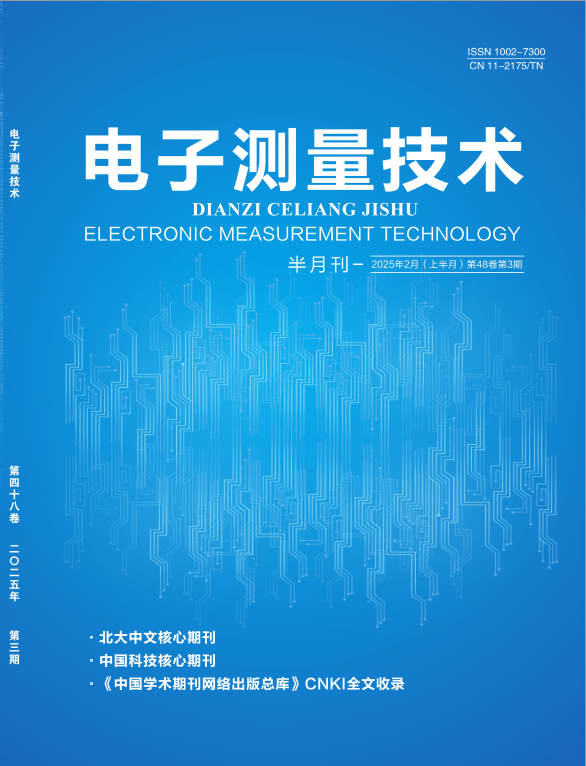2023, 46(18):114-121.
Abstract:The fusion of multiscale receptive field feature can remarkablely improve the detection accuracy of models, but it also greatly increases the computational cost of models at the same time. To address this issue, we propose the object detection model based on structural reparameterization. Firstly, max pooling in SPP is substituted by depthwise convolution, while structural reparameterization is utilized to reduce computational complexity of module simultaneously. Based on this, we propose a new multiscale receptive field feature fusion module, called CspRepSPP. Additionally, a new feature extraction module, named RepBottleNeck, is proposed according to structural reparameterization. Experimental results show that, compared with the original YOLOv5s model, the mAP05:095 of our model is improved by 322 percentage points, the detection speed of single image is improved by 05 ms, and the GFLOPs is reduced by 10. Compared with other improved methods based on YOLOv5s, our method shares higher detection accuracy, faster inference speed, and lower number of parameters.
